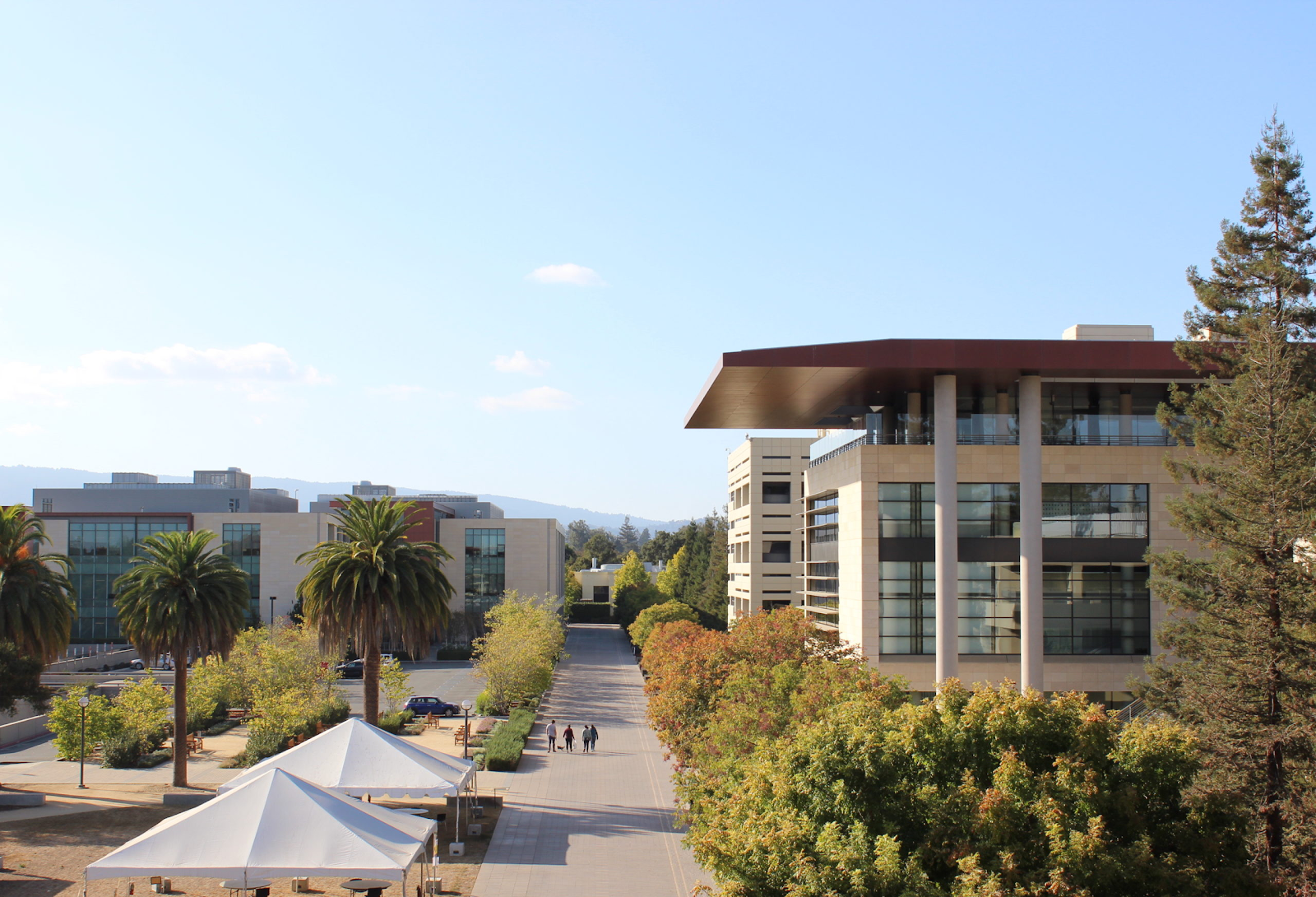With COVID-19 cases still on the rise, Stanford’s newly expanded biosafety level 3 (BSL-3) lab is providing the University’s researchers with a safe place to study SARS-CoV-2, the virus responsible for the pandemic. Researchers in the BSL-3 lab have collaborated with many laboratories and researchers around campus to make notable discoveries about COVID-19.
The ultimate goal of the facility’s expansion, completed in September, is to understand better how highly pathogenic viruses and bacteria cause disease, to develop new treatments and preventive measures and to develop new vaccine approaches.
At the beginning of the year, Stanford only had a tiny BSL-3 lab, known as a “Biobubble,” designated for researching indigenous agents that could cause serious lethal disease through inhalation and exposure. The lab, used to conduct tuberculosis research, was only designed to last through 2024.
But as COVID-19 spread throughout the U.S., the need for a larger, state-of-the-art BSL-3 lab became clear: Stanford researchers were mobilizing to conduct clinical trials on patients with a mild form of COVID-19, which required a BSL-3 lab. Still, Stanford didn’t want to abandon research on tuberculosis, which had previously been the top infectious disease killer. With current renovations, the BSL-3 lab can now accommodate research on tuberculosis and on viruses like SARS-CoV-2 that require containment.
While the transition process to expand the BSL-3 lab was crucial, it was anything but straightforward, requiring dedication and commitment from University leadership; Land, Buildings & Real Estate; the Environmental Health & Safety office and other faculty and staff.
“In my 29 years on the faculty at Stanford, I’ve been involved in many capital projects,” said Chaitan Khosla, who serves as the Baker Family Co-Director of Stanford ChEM-H and leads the Innovative Medicines Accelerator (IMA). “The shared sense of purpose and collaborative spirit that I saw in what led to the launch of our BSL-3 lab in record time, six months from conceptualization, was truly unprecedented.”
In many ways, the lab was already well suited to make the transition: Its prior research focused on studying the immune system’s response to pathogens, particularly with regards to tuberculosis, HIV and influenza. However, the training and safety protocols for the ways in which researchers work with bacteria and viruses are somewhat different, and many original BSL-3 researchers did not have experience working with viruses.
“There are still very few people on campus who have completed the training and can safely work in the BSL3,” said Dr. Catherine Blish, an infectious disease specialist at Stanford studying SARS-CoV-2. “In addition, because of the safety protocols, an experiment that might take two hours in regular BSL2 tissue culture, will take more like four to six hours in the BSL3. We all feel a lot of pressure to work faster to end the pandemic, but it’s slow work.”
Working in the BSL-3 lab is an extensive process that follows strict guidelines for certification. To protect the lab’s users and communities, individuals must have prior experience working with viruses, complete training at Stanford and travel to a four-day laboratory course at UC Irvine.
While the BSL-3 lab just recently got up and running, 10 other laboratories across campus are already supporting COVID-19 research efforts. According to Khosla, by 2021, twice as many labs will be ready to take advantage of the University’s updated BSL-3 facilities. While the lab previously focused on research with the bacteria that causes tuberculosis, it now focuses solely on human immune systems, specifically how they recognize and respond to a variety of pathogens with COVID-19.
“We try to do this in human systems,” Blish said. “We do a combination of profiling immune cells in patients naturally infected with the different pathogens, and building systems in tissue culture where we can better understand the precise mechanisms of immune interactions. Our goal is to use this information to develop new treatments and vaccines for different pathogens.”
One of the lab’s notable recent discoveries is mapping out which specific cells are infected in a patient with COVID-19. A dominant focus of this work has been to use “organoids,” which are mini-organs that can be grown in a dish. It’s been identified, in collaboration with the laboratory of Dr. Calvin Kuo, that the specific lung cell types that are infected by this virus include alveolar type 2 cells and club cells. Furthermore, while working with the laboratory of Mark Krasnow, human lung slices have been intentionally infected to better understand how the virus causes disease.
Researchers working in the updated BSL-3 lab are also keeping in mind the possibility that their current research may help experts prepare for the next inevitable epidemic or pandemic. Although they did not spread to the same extent as COVID-19, the current virus circulating marks the third time in the last 20 years that a strain of coronavirus has been passed to humans.
“Given that there are estimated to be >500 additional strains of coronaviruses circulating in bats, it is quite likely that this will happen again,” Blish said. “Any information we learn now could prepare us for the next pandemic.”
Contact Mary Lee at marylee1099 ‘at’ gmail.com.
